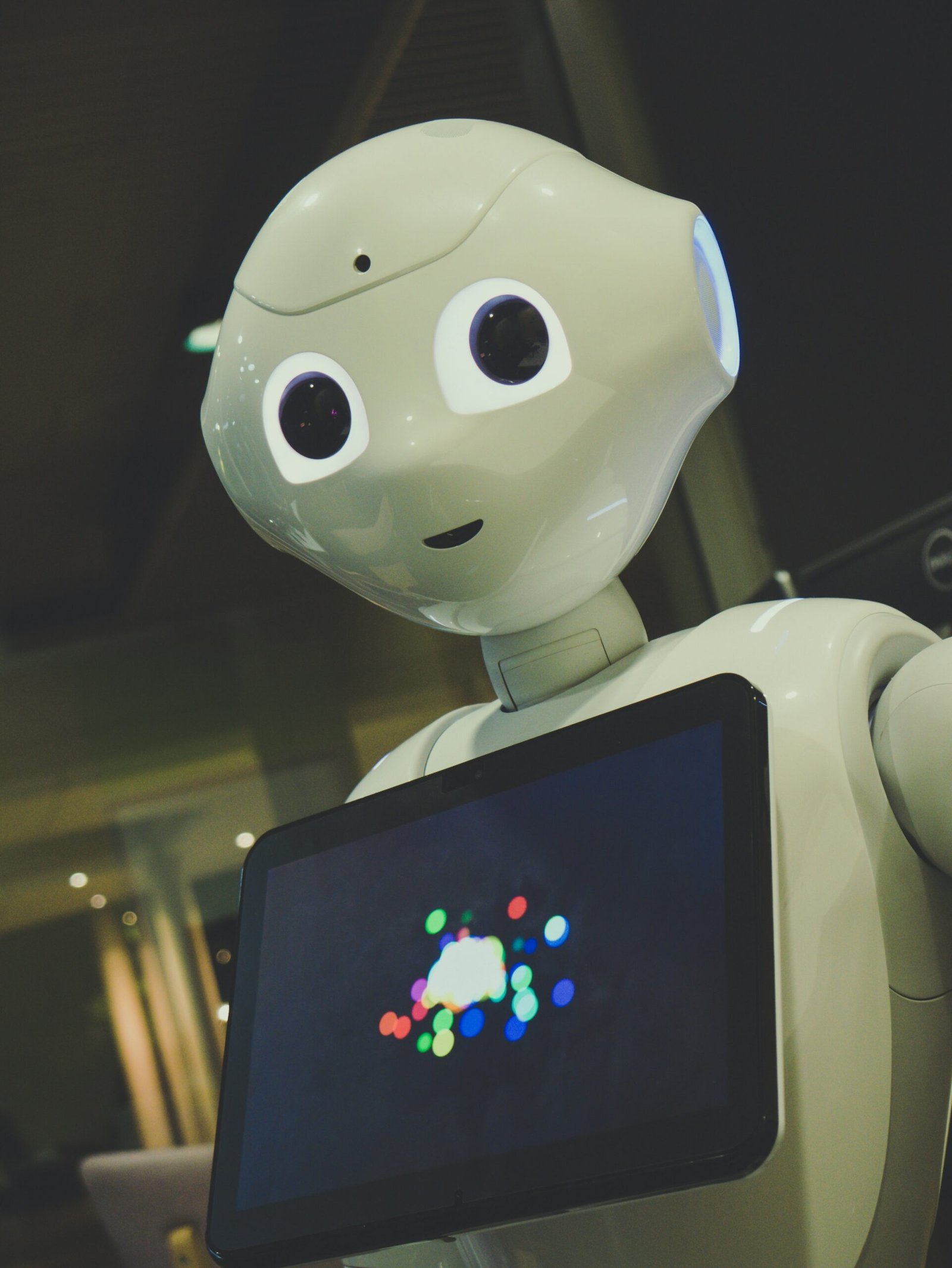Artificial Intelligence (A.I.) has revolutionized the way we communicate online, and one of its most exciting applications is in the realm of chat bots and text-based interactions. From customer service to virtual assistants, A.I. chat programs have become increasingly sophisticated and user-friendly.
One of the latest developments in A.I. chat is the use of natural language processing (NLP) algorithms, which enable chat bots to understand and respond to human language more accurately. This means that chat bots can now engage in more meaningful and contextually relevant conversations.
There are several notable programs available in this field. One popular choice is Dialogflow, a platform developed by Google. It allows developers to build conversational interfaces for various applications, including websites, mobile apps, and messaging platforms.
Another prominent program is IBM Watson Assistant, which offers advanced A.I. capabilities for creating chat bots. It uses machine learning algorithms to understand user input and provide intelligent responses. Watson Assistant is widely used in industries such as healthcare, finance, and retail.
Microsoft’s Bot Framework is another powerful tool for building chat bots. It provides a comprehensive set of development tools and services, including natural language understanding and speech recognition. The Bot Framework is compatible with various messaging platforms, making it easy to deploy chat bots across different channels.
Additionally, OpenAI’s GPT-3 (Generative Pre-trained Transformer 3) has garnered significant attention in the A.I. community. GPT-3 is a language model that can generate human-like text based on prompts. It has the potential to revolutionize chat bots by enabling them to generate more nuanced and contextually appropriate responses.
In conclusion, A.I. chat, chat bots, and text-based interactions continue to evolve rapidly. With advancements in natural language processing and the availability of powerful programs like Dialogflow, IBM Watson Assistant, Microsoft’s Bot Framework, and OpenAI’s GPT-3, the possibilities for creating intelligent and engaging chat experiences are expanding.

